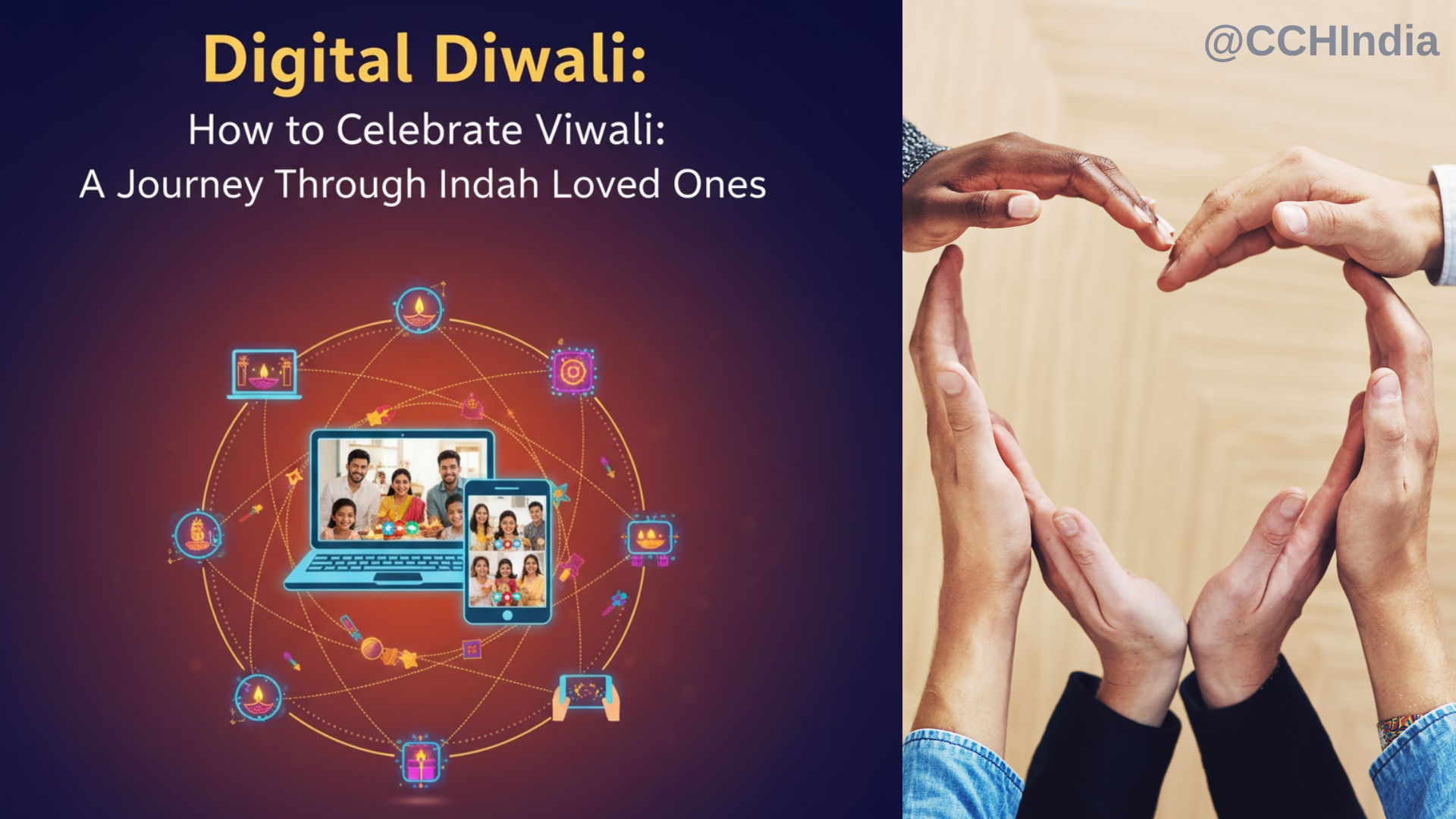Research from the Journal of American Board of Family Medicine indicates that about 4% of Americans self-harm, with college students making up the majority of individuals. The purpose of the day is to aid loved ones in identifying the symptoms and locating support for individuals who are experiencing emotional distress. However, assistance and support are available.
Self-harm can take many different forms, such as cutting, scratching, punching, and chemical ingestion. Self-harmers have a number of motivations for doing it. Some of them involve overcoming worry, stress, or fear, or they involve evoking happy emotions.

Self-injury, commonly referred to as self-harm, is the deliberate hurting or injuring of oneself. People can purposefully hurt themselves in a variety of ways, most frequently by cutting or burning their flesh, but they can also harm themselves by hitting, punching, fighting, poisoning, ingesting things, abusing alcohol or drugs, starving themselves or binge eating, or overexerting themselves.
It is not an attempt at suicide because the act is typically performed as a coping method. However, it's critical to acknowledge that persons who self-harm may also be at higher risk for suicidality and unintentional death. Self-harming is a behaviour that isn't only confined to teenagers; in fact, it happens to adults very frequently.
Self-injurers may attempt to conceal their wounds. It's possible that their attire is inappropriate for the time of year. Other indications could be:

• Unknown bruising, burns, or cuts
• lack of emotional control avoiding interactions
• Relationship concerns Problems at job, home, or school Low self-esteem
• To understand and treat self-injury, resources and assistance are available. The first crucial step is to seek professional advice.
It is challenging to determine the prevalence of self-injury since most persons who engage in it do so secretly, rarely disclose their actions voluntarily to others, and they are often accompanied by feelings of guilt and shame. Recent studies, however, show that it occurs more frequently than many people previously thought.
Some self-injury statistics:

One in five females and one in seven males self-harm annually; 90% of those who self-harm do so in their teens or pre-adolescent years; nearly 50% of those who self-harm have experienced sexual abuse; females make up 60% of those who self-harm; 50% of those who self-harm start around age 14 and continue into their adult years. Many people who self-harm claim to have learned how to do it from friends or websites that support self-harm.









